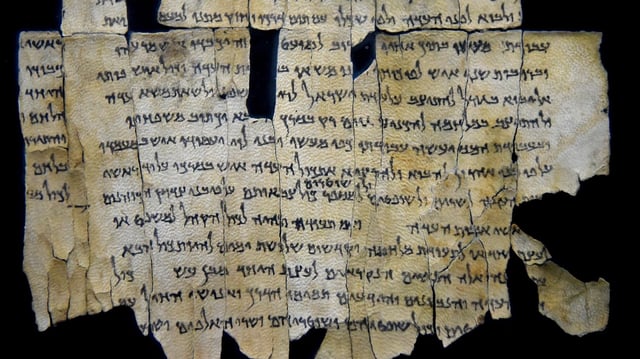Overview
- The University of Groningen–led team built Enoch by combining radiocarbon dates with a deep-learning handwriting analyzer called BiNet to assign empirical dates to scroll fragments.
- Applying Enoch to 135 manuscripts produced realistic age estimates for 79% of the samples with an uncertainty margin of ±30 years, revealing many texts to be older than previous paleographic assessments.
- For the first time, fragments 4QDanielc and 4QQoheleta were dated to the traditional periods of their presumed authors, providing direct evidence of contemporaneous biblical composition.
- Analysis suggests Hasmonaean and Herodian script styles coexisted from the late second century BCE, challenging the prevailing view that Herodian handwriting emerged only in the mid-first century BCE.
- Researchers highlight that Enoch’s empirical framework can be scaled to date other partially dated manuscript collections, opening new avenues in ancient text studies.


